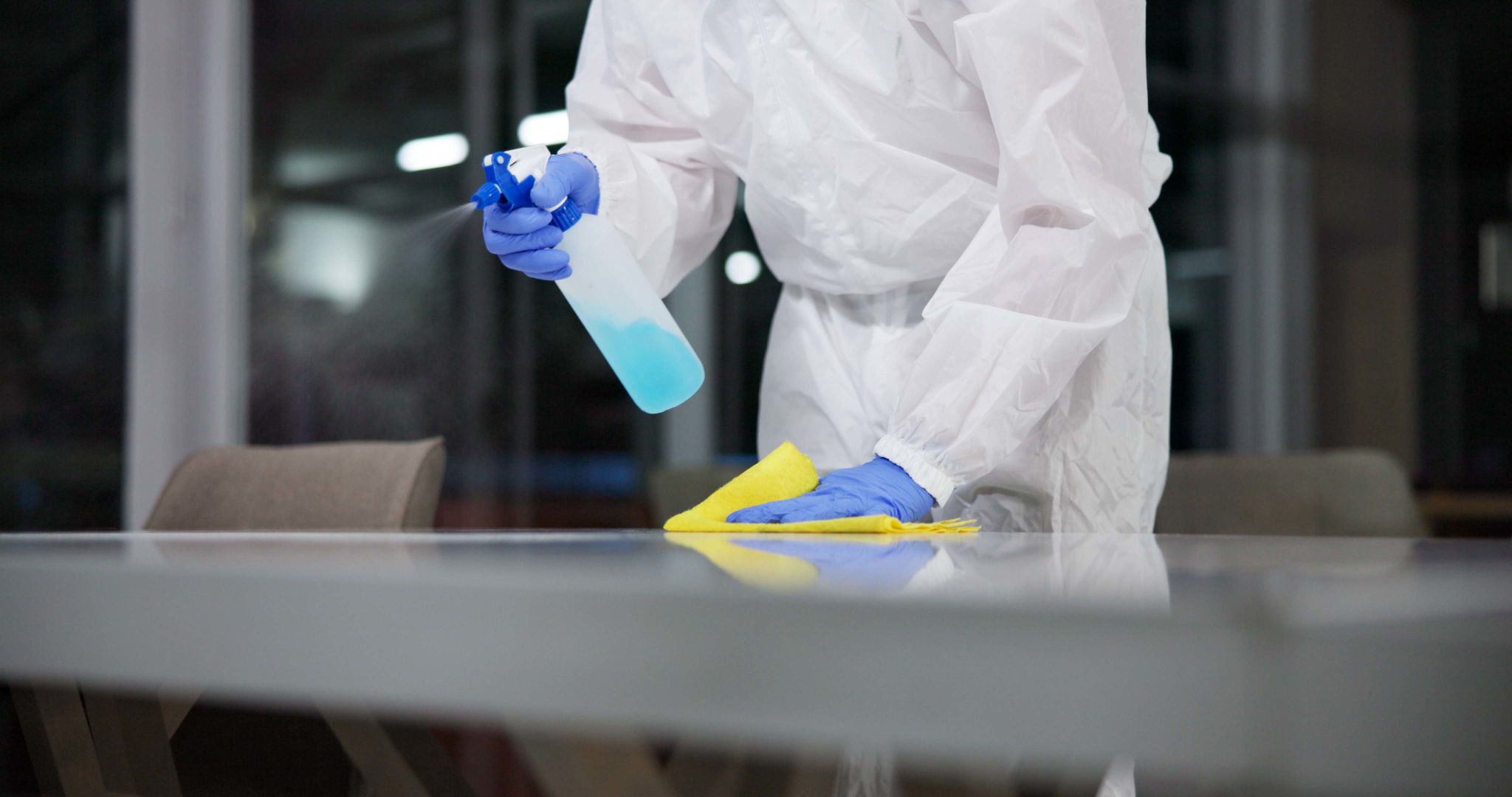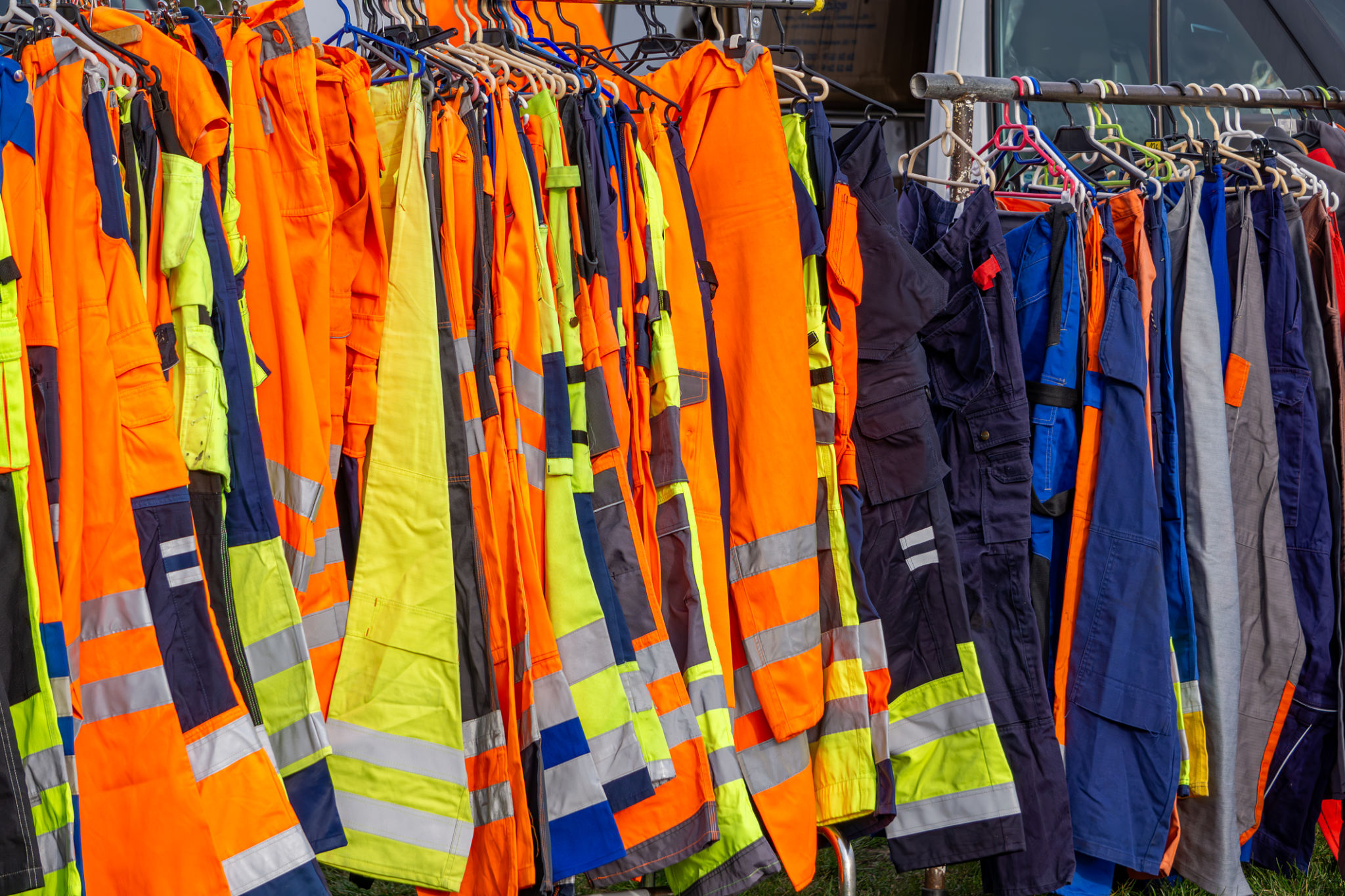Myth-Busting: Common Misconceptions About Biohazard Cleaning
Understanding Biohazard Cleaning
Biohazard cleaning is a crucial service that deals with the removal and sanitization of hazardous biological materials. Despite its importance, there are many misconceptions surrounding this field. In this article, we aim to debunk some of the most common myths about biohazard cleaning, shedding light on what it truly involves.

Myth 1: Biohazard Cleaning is Just Like Regular Cleaning
One of the biggest misconceptions is that biohazard cleaning is similar to regular cleaning tasks performed at home or in commercial settings. This couldn't be further from the truth. Biohazard cleaning requires specialized knowledge, equipment, and safety measures to handle potentially dangerous substances like blood, bodily fluids, and other pathogens.
Professionals in this field are trained to follow strict protocols and use personal protective equipment (PPE) to ensure their safety and prevent contamination. Unlike regular cleaning, biohazard cleaning focuses on complete decontamination.
Myth 2: Anyone Can Perform Biohazard Cleaning
Another common myth is that anyone can perform biohazard cleaning with some basic cleaning supplies. In reality, this work should only be conducted by trained professionals. They have the expertise to handle hazardous materials safely and are familiar with the legal regulations and guidelines that must be followed.

Attempting to clean biohazards without proper training and equipment can pose serious health risks and may lead to legal consequences. It’s essential to rely on certified experts who understand the complexities of biohazard cleanup.
Myth 3: Biohazard Cleaning is Only for Crime Scenes
While biohazard cleaning is indeed necessary at crime scenes, it is not limited to these situations. This type of cleaning is also required in various other scenarios, such as unattended deaths, hoarding situations, industrial accidents, and infectious disease outbreaks. Biohazard cleaners are equipped to handle a wide range of environments and challenges.
Common Situations Requiring Biohazard Cleaning:
- Crime and trauma scenes
- Unattended deaths
- Hoarding environments
- Industrial accidents
- Infectious disease sanitization
Myth 4: Biohazard Cleaning is Overpriced
Some people believe that biohazard cleaning services are excessively expensive. However, the costs reflect the specialized nature of the work, the equipment used, and the expertise of the professionals involved. Biohazard cleaning requires meticulous attention to detail, compliance with regulations, and the use of high-grade cleaning agents and equipment.

While it might seem costly, the investment ensures the safety and health of everyone involved, making it a necessary expense in situations involving hazardous materials.
Conclusion
Biohazard cleaning is a specialized field that requires trained professionals to handle potentially dangerous situations safely. It's not just about cleaning—it's about ensuring complete decontamination and safety. By debunking these myths, we hope to provide a clearer understanding of the critical role biohazard cleaners play in maintaining public health and safety.
